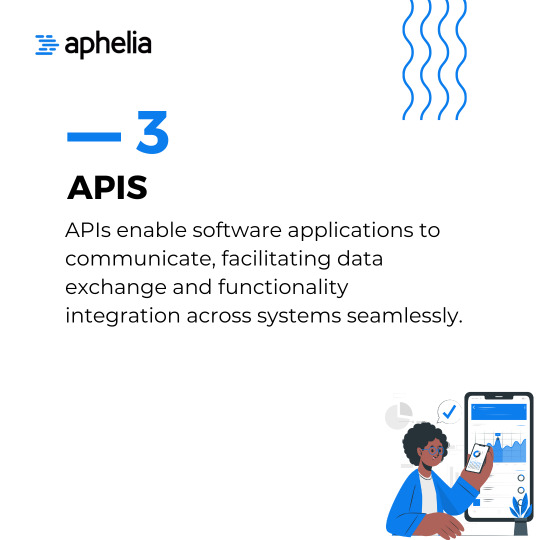#backendarchitecture
Explore tagged Tumblr posts
Text

The backend development process of an Uber Clone involves defining requirements, creating prototypes, testing components.
#v3cube#uberclone#scalablebackend#techdevelopment#softwareengineering#backendarchitecture#appdevelopment#cloudcomputing#techinnovation#startuptips#webdevelopment
1 note
·
View note
Text








Unlocking the power of mobile app success: Discover the essential Elements of Mobile App Backend! 🚀📱 #AppDevelopment #TechInsights #backenddeveloper #backendarchitecture #backenddevelopment
0 notes
Text
RUN Portal Revamped

At RUN, we’ve worked tirelessly to set the standard when it comes to uncovering and dissecting campaign data with speed, accuracy and ease.
This is why we’re proud to introduce our revamped Real-Time Analytics Portal. Owned and operated by our internal ad operations teams, we’ve combined our team’s input with customer feedback, collected and analyzed throughout the year.
After much consideration, three critical components have been carefully enhanced: design, functionality and back-end architecture.
DESIGN
Displaying data accurately can be a challenge. Designers can often be inclined to compress or limit information to make it symmetrical within an easy layout. However, our priority is delivering content that is not only aesthetically pleasing, but accurate – even when the content at hand is naturally asymmetrical and in constant fluctuation. We were able to achieve this through the use of white space, specific color and flat design. These three elements working in unison add a unique dimension to data visualization.
FUNCTIONALITY
We were able to uncover and position campaign KPIs more effectively in a few different ways. On our login page, we strategically organize all campaigns in a snapshot format. On the summary page, where the user spends most of their time, all KPIs are at the top of the page in constant view.
KPIs also change the second date ranges and averages are adjusted. This exhibits the speed of the portal, eliminating the dreaded spinning pinwheels or hourglasses as the user navigates through the various metrics available.
While this speed allows the user to pick and choose various data points with ease, it is the ability to access and pull reports from one screen that makes this portal easier than ever to access valuable information and insights.
We also took a deeper dive into every aspect – big and small – of reporting against third party data, including ways in which no other portal has yet to offer. Here, users have the ability to receive analytics against different third party data points. For instance, if there is a placement where coffee drinkers are grouped with sports enthusiasts, we are able to report against both segments separately – even though they are part of the same line item.
BACK-END ARCHITECTURE
RUN recently started to use Elasticsearch, a document storage solution that’s fast, agile and scalable. Elasticsearch is also used by Foursquare, SONY and GitHub. With Elasticsearch, RUN portal users can access all facets of impressions and campaign-level data in real-time. Our CTO, Michael Celona, had this to say about the infrastructure update: “Elasticsearch is a powerful, open-source alternative to frequently used databases in the ad tech industry. We’re excited to provide our clients with highly evolved opportunities for data discovery by way of Elasticsearch’s new aggregation framework.”
He continued, “RUN has also invested in our cloud-based server architecture, allowing us to scale quickly and easily globally, and gives us opportunities to add support in specific regions where campaign volume can increase at any given moment. This enables us to support self-service clients and managed service clients around the world.”
MARKETING
The portal has always been the key cog within our marketing strategy and will be even more critical moving forward. As decision makers at ATDs, brands and digital agencies get smarter about programmatic buying, they are asking to see elements and capabilities first-hand during demos and portal walkthroughs.
Additionally, reporting is still an issue within the programmatic space, with some buying platforms unable to turn around reports instantaneously – or even within 24 hours. While we have added new reporting tools to our suite, the ability to buy and report in real time continues to be a key differentiator.
Let’s face it: seeing is believing. While the programmatic ecosystem narrows, it’s important to be able to show potential users how the “engine” to your buying platform works.
Over the next few weeks, we’ll take a deeper dive into the four main topics discussed above. Be sure to keep an eye out for new announcements from the RUN team.
0 notes